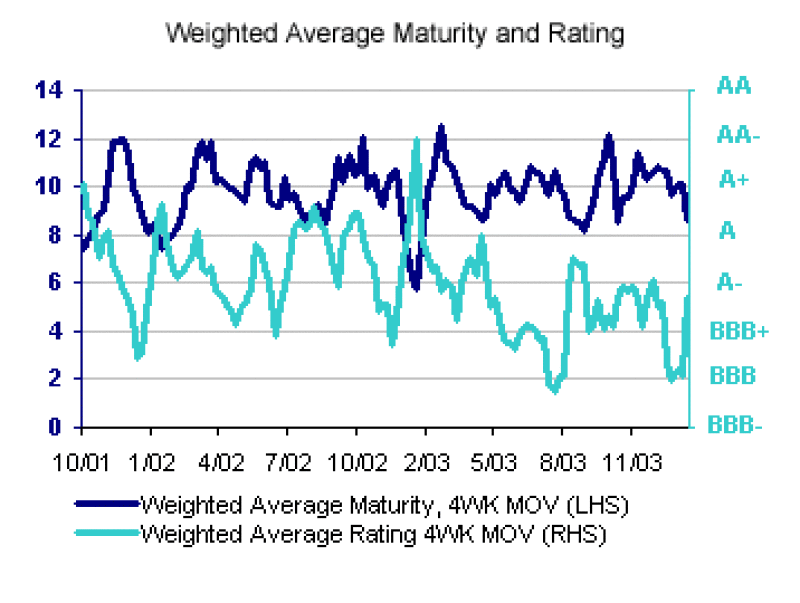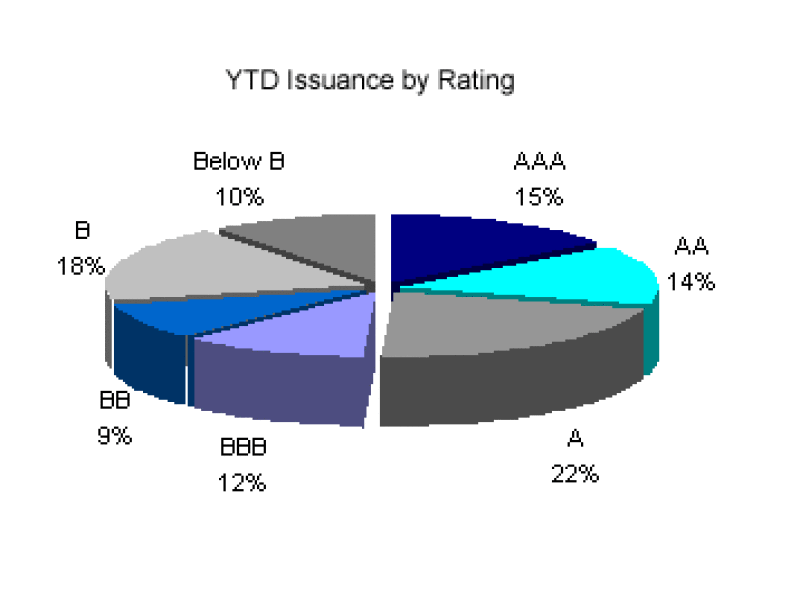


CreditSights: Autos In The Firing Line
In the first two months of 2004, the auto sector has continued to make good on its reputation for volatility. Although volatility is nothing new to investors in this sector, when spreads did reach their widest point of the year (a level that would have sparked something of a buying frenzy in late 2003), there was a notable reluctance among end investorsæthose with cool heads as opposed to hot moneyæto treat it as a buying opportunity. Indeed, the fact that has been most consistent in the sector over the last month if market chatter is anything to go by, is that medium-term investors have retreated to the sidelines en masse, leaving Street pricing desks and the levered community to play amongst themselves in determining appropriate current spread levels. The risk optics in the sector were not helped when the game became one of "hot potato" in the face of the inevitable supply rumors.
We have always preferred a more strategic approach, though with due consideration of the tactical difficulties of trading the most-volatile sector in the corporate bond market. The great challenge of trading the auto sector has always been in balancing the degree to which it is being priced off the industry fundamentals with the fact that it acts as the chief liquidity proxy for generic corporate risk. As the derivative market is rapidly developing beyond single-name default swaps into pooled structures that provide an ability to express a trading view in corporates per se, this constraint on the auto sector and all the attendant volatility that goes with it may lessen. But currently, size does matter and as bond issuers, the automakers have that in abundance.
This dynamic is currently causing us to become more circumspect on the sector's prospects. There are signs on the periphery that risk appetite in the corporate sector is being eroded more quickly than we would have expected. The rotation of investment funds into equities, as typified in mutual fund flows, continues to gather steam, to the detriment of the fixed-income sector overall and, as revealed in the latest data, even to the spread sectors. Bond funds have seen net redemptions for the last six months as investors position themselves for a coming interest rate rise. This is to be expected. That it is happening a little earlier in the cycle than is typical is likely explained by the fact that this is an extreme interest rate cycle, both in the sense of how low rates went and how long they have been at this level.
Less expected however, were the recent outflows in the spread sectors. Corporate bonds are as much of a safe haven as any bond can be in a rising interest rate environment given their leverage to the economic upswing and the improvement in credit quality that they typically enjoy at such a time. This has not prevented an erosion of the demand dynamics that support the sector in recent weeks. In concert with the poor performance that we continue to see in the emerging markets sector, we believe what we are witnessing is the early evidence of leveraged trades that will be unwound as the Federal Reserve moves further toward raising cash rates.
We expect that autos will form their traditional bellwether role should the erosion of risk appetite that is currently being seen in the high-beta sectors migrate up the food chain to the investment-grade market. Hence, we are more circumspect in our expectations for corporates overall than we were at the beginning of the year. We believe that the change is most likely to play itself out in the liquid sectors, as it represents more of a change in sentiment than fundamentals and as such, autos are in the firing line of the new mindset and spread weakness is less likely to be met with the wall of buying that moved through the sector in November and December.
Analysis by CreditSights, Inc., an independent online credit research platform. Call (212) 340-3888 or visit www.CreditSights.com for more information.






